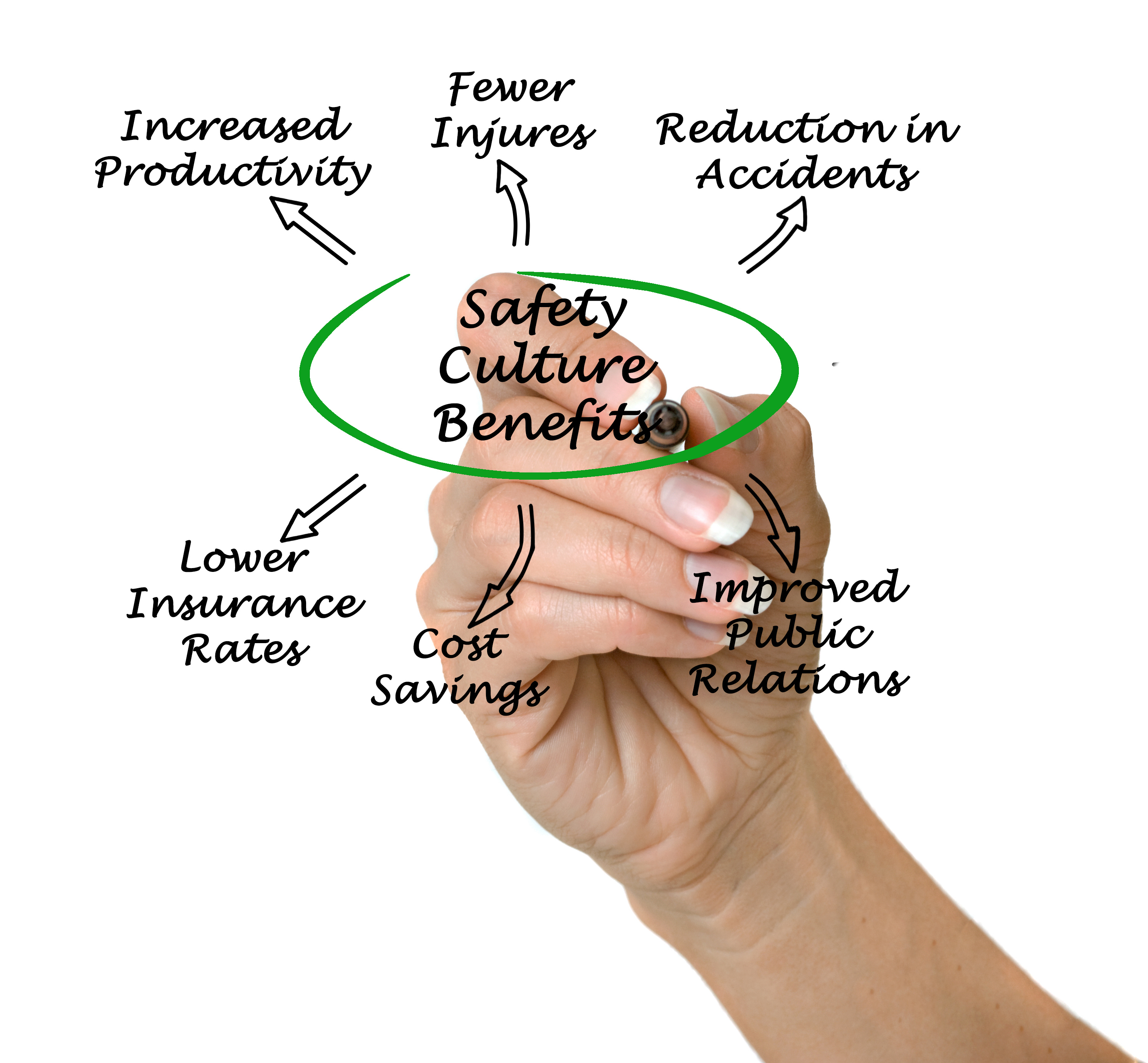
BUSRide spoke with Bob Crescenzo, vice president of safety and loss control at Lancer Insurance, about how to enact a company-wide “Culture of Safety,” from management and maintenance to transparency and accountability.

What is a “Culture of Safety” as it pertains to bus and motorcoach operations?
The culture of safety in a transportation company is the product of both individual and group values, attitudes, perceptions and competencies that determine the success of the company. Without a commitment to “the Culture of Safety,” it is likely the motorcoach company will find itself in a state of conflict, stress and limited profitability. While it begins at the top, the reality is that it is a team effort, and no one person can keep it on track without the ‘buy in’ and cooperation of every employee.
Ideally, what role should management play in developing a company-wide culture of safety?
Rather than an ideal approach, a practical approach is more effective. Management must agree and demonstrate that reducing accidents/claims and providing a safe, comfortable ride to every customer is the cornerstone of the company culture. Leadership is not just telling people what to do, but rather, listening, demonstrating, directing and communicating in a manner that results in a profitable and safe business environment. Simply having a safety director or committee will not translate into action unless every management, hiring and financial decision is communicated in a clear, reasonable and appropriate manner throughout the company.
What role does maintenance play in a positive safety culture?
Maintenance as well as EVERY department contributes to a positive safety culture. The key is a team effort which encourages solid ongoing communication. The maintenance staff should be included in every operational decision and schedule. They have a significant amount of information and, with the steady influx of dynamic technology, maintenance personnel may have almost all the valuable information. For overall operational success, maintenance staff needs to “walk inside” and become a part of the operations. The days of the “garage or the office” are most definitely over, and all company staff need to share and communicate every day.
When discussing safety concerns and solutions, how can openness and mutual trust be developed without individual blame?
Information is the key to success. All departments and staff should be aware of claims and the claims’ costs, as well as how specific claims and customer complaints are being managed. If the information is shared and reviewed using available technology, then there is less potential for “blame” and more potential for “changing behavior.” Specifically, after reviewing and discussing a claim with the driver, the occurrence and similar situations should be reviewed at a driver meeting (including ALL staff if possible). The involved driver should present the situation, pointing out what he or she learned and what advice he or she has for other drivers to help prevent similar incidents in the future.
How are incidents best managed in a culture of safety environment? What about emergencies?
Managing an incident or an emergency should begin well before an actual occurrence; a clear step-by-step policy and procedure needs to be established. This is also supported by the fact that no one person can manage every situation, so a team approach is necessary. All too often, owners believe they have to micro-manage an incident or emergency. The importance of leadership is relying on trusted and trained staff to follow your policy and/or direction. Create a Crisis Management Plan, establishing a key personnel communications chain, and practice that plan by conducting a crisis simulation event at least once a year. Plan ahead, share and update the plan and those responsible for executing it annually, and rely on your insurance company for direction and support.
How can a culture of safety be adopted without being disruptive to the company?
It may not be possible to run a successful company WITHOUT your culture of safety being part of your corporate philosophy and mission statement. There is no way a culture of safety can “disrupt” a company unless it is ignored and not followed. In fact, that approach will most certainly disrupt a company a lot quicker than believing in and following your safety program and plan daily.
Why are transparency and accountability important in a positive safety culture?
A culture of safety cannot be successful if it is dictated and demanded. Rather, it can only succeed if the goals and objectives, policies and expectations are made clear to and known by every employee. While transparency is important, so is employee accountability. If the basis of the safety culture is communication, then every employee has the responsibility to communicate both the good and the bad and recognize that steps to change or improve behavior are required to solve a problem or meet a challenge. Regular meetings, posting information in the drivers’ and operation areas, as well as charts tracking and demonstrating that goals are being met, are all critical to a successful safety program. Managers also have to be accountable to other staff by adhering to the goals and objectives as well. Every time a manager “ignores” a policy or procedure to save time or cut corners, he or she is communicating that the safety program is not really part of the culture. Teamwork and communication are the keys to an effective and productive culture of safety.
